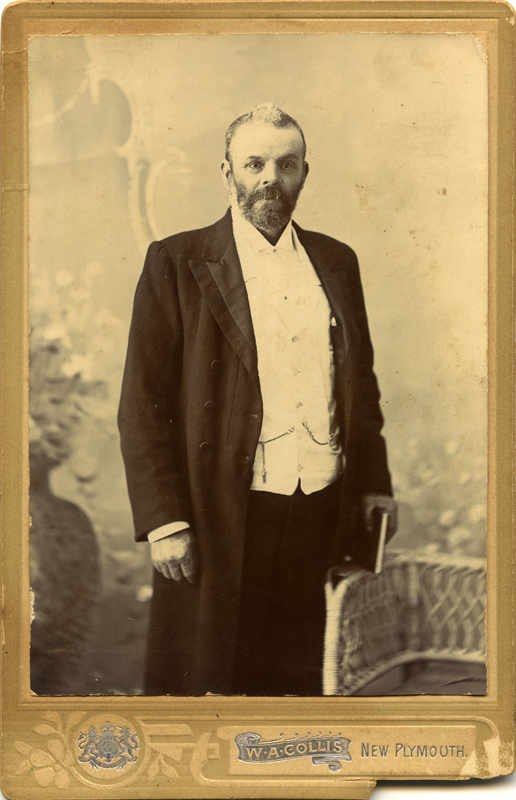
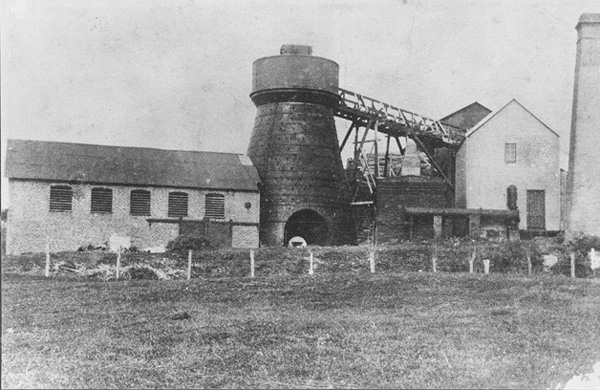

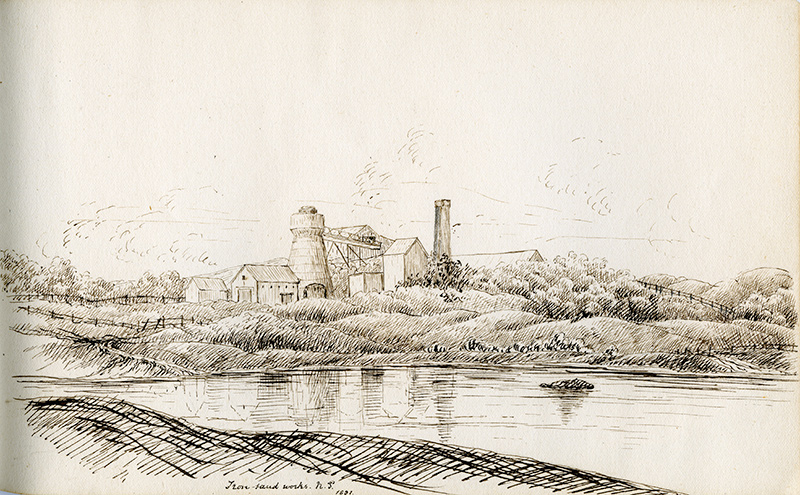
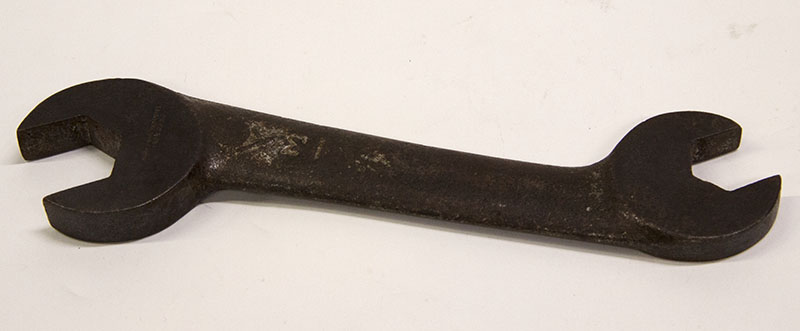
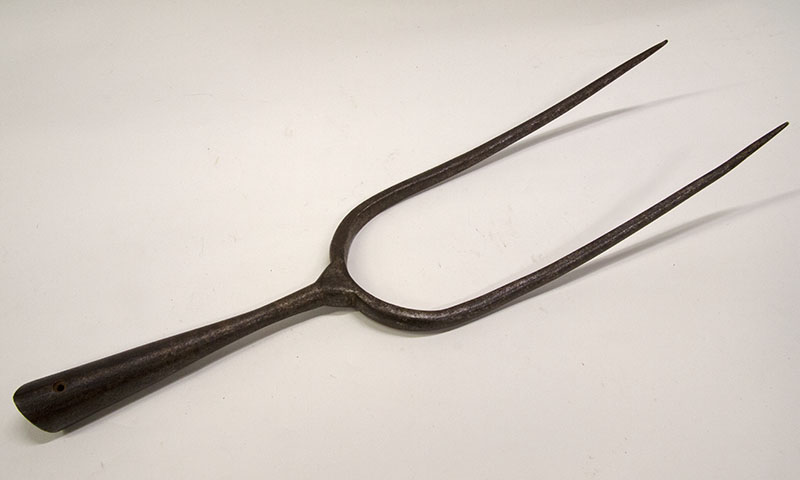
When Cornishman John Perry stepped on to the shores of Taranaki in 1841 he found the beaches magnetic - literally. Perry, who arrived on 3 September that year aboard the Amelia Thompson, was among early immigrants from England. In Cornwell, he had owned an iron foundry.
When he set foot in New Plymouth his attention was immediately drawn to the black sands that stretched along the coast as far as the eye could see. Closer examination of the fine grains showed him that it was magnetic ironsand. His excitement was such that in a letter to his friends in England he said he was “astonished to see wealth spread out like a carpet”.
The black sands had earlier been noted by Captain James Cook during his first voyage in 1769. He called the area ‘The Desert Coast’.
In 1848, Perry made an attempt to smelt the sand by erecting a small furnace on the banks of a small stream flowing into the Huatoki River. He struck problems with the fine sand that made its way into the bottom of the furnace before the heat of the fire could reduce it to pig iron. However, small quantities of iron were produced and forged into small articles by a Mr Wood, the local blacksmith.
During the 1850s and 1860s the provincial government was keen to encourage development of the industry, offering lucrative rewards for any company that could produce good quality iron manufactured from the ironsand.
Two companies were formed, bearing the grandiose names of Taranaki Iron Sand Company and the Taranaki Iron and Steel Company. Both suffered financial problems and were unsuccessful.
By 1868, E.M. Smith discovered a new method of preventing the sand from choking the furnace. He mixed the sand with clay to form bricks, which were then heated to high temperatures.
In 1869 a firm from Wellington, Henochsburg and Co, erected a furnace on South Road and attempted to work the sand. The company was expanded and changed its name to the Pioneer Steel Company. Difficulties in making the metal flow freely from the furnace, along with financial problems, eventually saw operations suspended.
Not to be deterred, in 1872 E.M. Smith formed the New Zealand Titanic Steel and Iron Company Ltd. Operations were established at the mouth of Te Henui River. The works included a blast charcoal furnace and a powerful engine, designed to create immense heat. Nearly four tonnes of iron was produced and made into a variety of items, including two railway wheels cast at Vivian's foundry in New Plymouth. However, the quantity of iron produced was not sufficient to keep the company financially viable and the plant was sold and moved to Onehunga.
Throughout the late 19th Century, further attempts were made to raise funds to establish iron manufacturing companies. Proposals were even made to utilise crude oil as a cheap source of fuel. In 1889, unsuccessful drilling of an oil well at Moturoa meant no further steps were taken to use oil.
In 1914, a young mining engineer named John A. Heskett experimented with an idea to process coal and ironsand to produce iron. Known as the Heskett Process, it was used successfully by the New Zealand Iron Ore Smelting and Manufacturing Company at Moturoa.
Ironsand mining and smelting operations are no longer undertaken in New Plymouth. Nationwide, there have been other, more successful, attempts to harness the hidden treasures found in ironsand.
The New Zealand Minerals Industry Association says that in the 1970s there was renewed demand from Japan for supplies of the mineral titanomagnetite, found in ironsand. This prompted the New Zealand Government to re-establish mining of the sand. "As well as the ironsand mining operation at North Head, two similar ironsand mining operations were developed on the west coast of the North Island at Waipipi near Wanganui in 1971 and further north at Taharoa in 1972," the Association says.
"The Waipipi plant closed in 1987 having produced about 15.7 million tonnes of concentrate. The Taharoa operation continues to produce titanomagnetite concentrate for export, with about half of New Zealand's total ironsand concentrate output currently being exported."
Ironsand is also mined north of the Waikato River by New Zealand Steel and is used in the production of iron and steel at Glenbrook mill, south of Auckland.
Tullett, J.S. (1981) The industrious heart: a history of New Plymouth. New Plymouth, New Plymouth City Council.
Please do not reproduce these images without permission from Puke Ariki.
Contact us for more information or you can order images online here.